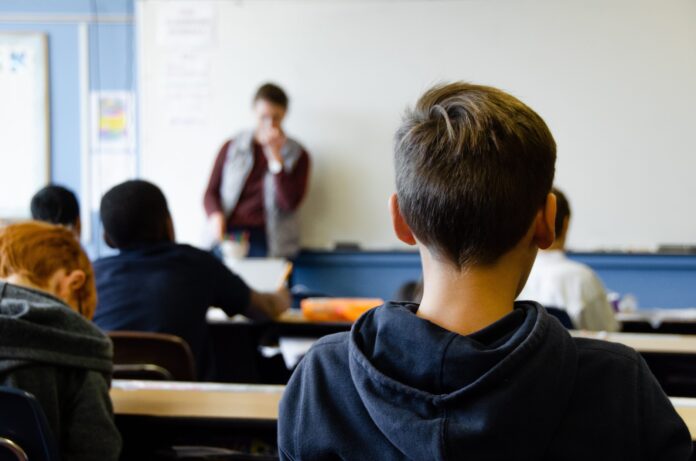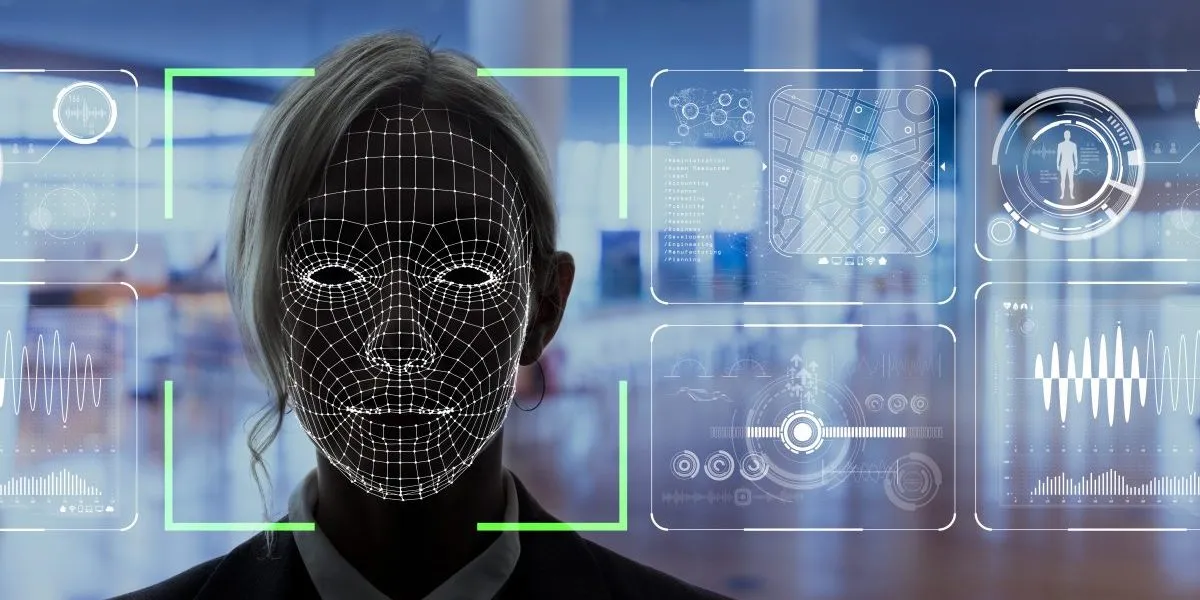
Every classroom deserves its teacher and students feel safe and secure. Protecting a classroom from threats involves planning and prioritizing safety. Easy strategies and simple adjustments can dramatically improve protection against a school shooter or an active threat.
Teachers can be more confident in knowing their students are protected through school security strategies specific to the classroom. If there is a threat, the classroom is optimized to maintain safety.
Locks on windows and doors
Windows and doors must have the right lock mechanisms to shut and secure them easily. Sometimes, a bolted door may be your most effective defense against an active shooter situation.
They will not want to mess around trying to get through a locked door or break through a locked window. This takes too much time and effort; if they proceed, it slows down how quickly they can advance. From a classroom perspective, this could save lives.
AI threat detection

AI threat detection can identify weapons of various sizes, shapes, and types, even when concealed, without a search. AI threat detection can be set up at entrances and key touchpoints throughout a school.
This school security solution allows security personnel to receive real-time alerts when a weapon is on the premises, hopefully providing enough time to intervene before it is used. AI threat detection is the ultimate de-escalation weapon and is revolutionizing classroom security.
Have a plan for an active threat
Teachers are the stewards of an active threat. Every teacher should know precisely what to do when there is a threat and be able to direct students accordingly. A teacher should have situational awareness and understand the dynamics of what’s available in the classroom.
They should also be confident in knowing the resources available to them to keep students safe. A plan should be provided to every teacher on expectations for how to protect a classroom from threats and what the response is.
Lockdown planning restricts movement
Inside schools, during lockdown, movement should be restricted. Ensure the door is locked and bolted on. Turn off the lights to make it appear like no one is in the classroom. No student should leave through the door or window.
Ensure students are low to the ground and away from the door or window, kept out of sight. This may involve huddling in a corner or moving into a back room if one is available. Lack of movement is vital, and keeping students quiet, calm, and hidden during such a real-time scenario is critical.
Teaching position away from the door
Though this isn’t always an option, a trend in classroom threats and school shootings targets specific teachers. As leaders of the classroom, teachers are often the first target.
A teaching position away from the door allows the teacher more time to direct and respond. It also increases the difficulty for a shooter to target the teacher accurately. This creates a need to put in more effort to reach you and ultimately add time to the situation so that, with the right luck, the damage is minimized.
Create barriers for movement at the front

A barrier at the front of the classroom means they have obstacles to work around to accomplish whatever they have set out to do. It increases survival chances when obstacles are in the way of a natural path.
File cabinets, for example, are often pushed in front of locked doors in an active threat situation. If you have shelving or similar furniture that can be angled near or around the front entrance, this can also make it harder for an attacker to have visibility and succeed.
Early identification of potential harm suspects
An additional protection against classroom threats is the early identification of disruptors, potential harm suspects, and individuals who may be more prone to violence. With early intervention, individuals can be counseled and put into programs that minimize the risk of violence becoming an incident.
However, this requires key mental health resources and support at the classroom and school levels. This ensures that all students receive the right care and attention in their development.
Search and seizure efforts are tools
Any searches of lockers, vehicles, or students should consider the expectation of privacy, evidence that a search is warranted, and whether the search is reasonable. It is not uncommon to see planning evidence in backpacks, desks, textbooks, student vehicles, and lockers.
If there are reasonable grounds to suspect a student is planning to compromise classroom safety, an intervention of this sort will ensure it does not come to that. In addition, the student receives the appropriate care afterward.








